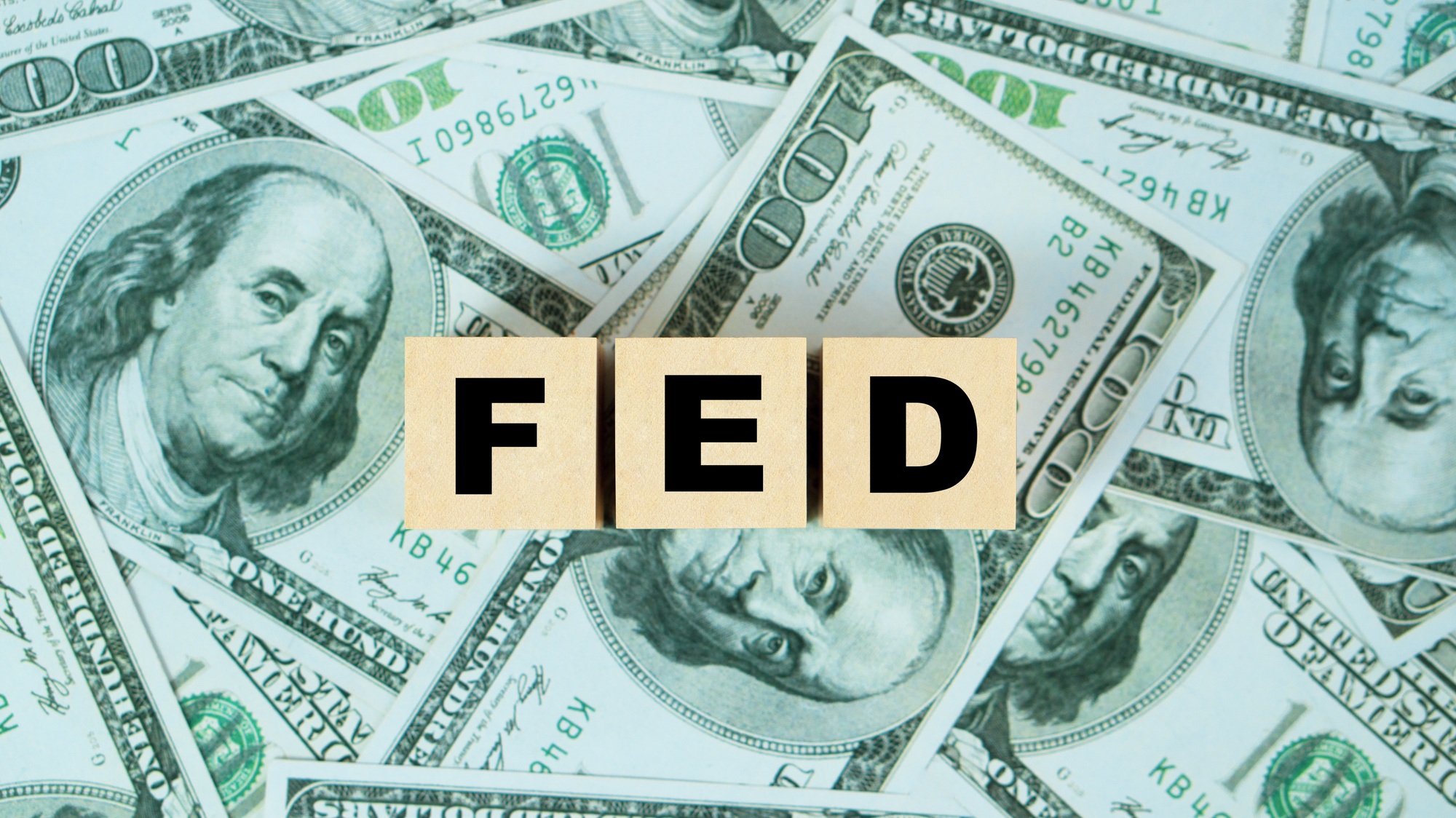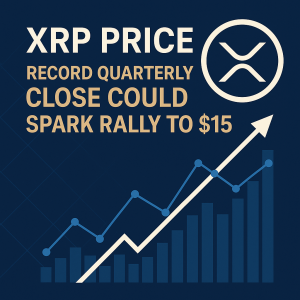Financial markets and policymakers are closely watching the upcoming August jobs report, which is set to be released this week amid ongoing uncertainty about Federal Reserve’s interest rate policies. This report is expected to provide vital insights into the health of the U.S. labor market and influence the Fed’s decision-making process.
The recent performance of the U.S. economy has shown mixed signals. While job creation has remained relatively steady, there are concerns about inflation and whether the Federal Reserve will continue to hike interest rates to cool down the economy. The employment data from August is expected to shed light on whether the labor market remains resilient or shows signs of slowing down, which could impact future monetary policy moves.
The upcoming jobs report will include critical figures such as the number of new jobs added, the unemployment rate, wage growth, and labor force participation rate. Economists forecast that the report might show around 150,000 to 200,000 new jobs for August, a modest figure compared to previous months, hinting at a potential slowdown in hiring. If the report surpasses expectations, it could bolster confidence in the economy, but if it falls short, it might reinforce fears of a recession or a more cautious Fed stance.
The implications of the report are significant for various stakeholders, including investors, policymakers, and businesses. Stock markets tend to react swiftly to employment data; a strong report might push stocks higher, especially cyclical sectors like technology and financials, while a weak report could lead to declines. The bond market will also interpret the data to adjust expectations for interest rate hikes or cuts, which directly affect borrowing costs for consumers and companies.
Market analysts are divided on the immediate impact, with some expecting the Federal Reserve to maintain a cautious stance regardless of the report, given ongoing inflation concerns. Others believe that a robust jobs report could lead to an additional rate hike, potentially in September, which might weigh on economic growth and borrowing costs.
Looking ahead, investors should keep an eye on upcoming Federal Reserve communications and economic indicators such as CPI and retail sales data, which will further clarify the central bank’s policy path. Additionally, ongoing geopolitical developments and global economic trends might influence domestic economic conditions, adding further complexity to the outlook.
What are the main factors to watch in the August jobs report?
The number of new jobs created, the unemployment rate, and wage growth are key indicators. These figures will help gauge the strength of the labor market and inform Fed policy decisions.
How might the market react to the upcoming report?
A strong jobs report could boost stocks and lead to expectations of further rate hikes, while a weak report might result in market declines and expectations of slower tightening or even cuts.
What could influence the Federal Reserve’s decision after the report?
The Fed will consider the employment data along with inflation measures and global economic conditions. A resilient labor market may lead to more rate hikes, while signs of slowing growth could prompt pauses or cuts.







